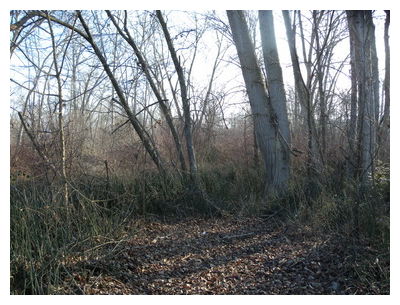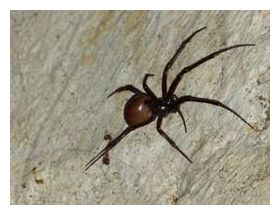
© Richard Cockle/The OregonianNobody ventures into this soggy wetland on the edge of Mission on the Umatilla Indian Reservation after dark when the shrieks begin. Resident Sylvia Minthorn once thought about plunging in to find the source of the cries. "I used to play back there when I was a kid," she says. "But then I thought, "What if I do find something? Then what am I going to do?"
Pendleton, Oregon -- Baby foxes or
Bigfoot?
The eerie late-night serenades began in November and emanate from a brushy swamp on the
Umatilla Indian Reservation east of Pendleton. The cries range from high-pitched screams to basso profundo roars.
"It's causing an uproar around here," said Sylvia Minthorn, who lives in a tribal housing unit near the swamp, where she used to play as a child.
She's seen grown men's hair stand on end when the shrieks commence.
Colleen Chance, a tribal housing authority employee, keeps a recording of the howls on her iPhone.
"It's kind of spooky," she said. "Some say it's foxes, some say it's a female coyote and some say it's Sasquatch. I don't know what it is."
So far no one's pinpointed the source of the noise on this rugged 178,000-acre reservation that extends into northeastern Oregon's Blue Mountains and is home to about 1,500 people. The swamp in question borders the old reservation community of Mission, in a canyon north of the
Wildhorse Resort and Casino.
Phone calls about the wails started coming in last month to the housing authority, and the office has had a half dozen so far. More could come in because the cries are continuing from time to time.

